Effect of Heat-Treatment Remediation on the Mechanical Behavior of Oil-Contaminated Soil
Abstract
Featured Application
Abstract
1. Introduction
2. Experimental Section
2.1. Specimen Preparation
2.2. Heat Treatment
2.3. Testing of Soil Mechanics
2.3.1. Sieve Analysis
2.3.2. Atterberg Limit Test
2.3.3. Specific Gravity Test
2.3.4. Direct Shear Test
2.3.5. Permeability Test
2.4. Heat-Treatment Efficiency Test
3. Results and Discussion
3.1. Basic Properties of Soil
3.2. Relationship between Pollutant Removal Percentage and Treatment Parameters
3.3. Effect of Pollutant Removal Percentage on Friction Angle
3.4. Effect of Pollutant Removal Percentage on Permeability
4. Conclusions
Author Contributions
Funding
Conflicts of Interest
References
- Pinedo, J.; Ibáñez, R.; Lijzen, J.P.A.; Irabien, Á. Assessment of soil pollution based on total petroleum hydrocarbons and individual oil substances. J. Environ. Manag. 2013, 130, 72–79. [Google Scholar] [CrossRef] [PubMed]
- Panagiotakis, I.; Dermatas, D. Remediation of contaminated sites. Bull. Environ. Contam. Toxicol. 2015, 94, 267–268. [Google Scholar] [CrossRef] [PubMed]
- Roy, S.; Labelle, S.; Mehta, P.; Mihoc, A.; Fortin, N.; Masson, C.; Leblanc, R.; Châteauneuf, G.; Sura, C.; Gallipeau, C.; et al. Phytoremediation of heavy metal and PAH-contaminated brownfield sites. Plant Soil 2005, 272, 277–290. [Google Scholar] [CrossRef]
- Cormier, S.A.; Lomnicki, S.; Backes, W.; Dellinger, B. Origin and health impacts of emissions of toxic by-products and fine particles from combustion and thermal treatment of hazardous wastes and materials. Environ. Health Perspect. 2006, 114, 810–817. [Google Scholar] [CrossRef] [PubMed]
- Ali, M.F.; Abbas, S. A review of methods for the demetallization of residual fuel oils. Fuel Process. Technol. 2006, 87, 573–584. [Google Scholar] [CrossRef]
- Taiwan’s Environmental Protection Administration (EPA). Yearbook of Environmental Protection Statistics. 2018. Available online: https://www.epa.gov.tw/np.asp?ctNode=31054&mp=epa (accessed on 10 April 2018).
- Adeniyi, A.A.; Afolabi, J.A. Determination of total petroleum hydrocarbons and heavy metals in soils within the vicinity of facilities handling refined petroleum products in Lagos metropolis. Environ. Int. 2002, 28, 79–82. [Google Scholar] [CrossRef]
- Abioye, O.P.; Agamuthu, P.; Abdul Aziz, A.R. Phytotreatment of soil contaminated with used lubricating oil using Hibiscus cannabinus. Biodegradation 2012, 23, 277–286. [Google Scholar] [CrossRef] [PubMed]
- Hu, G.; Li, J.; Zeng, G. Recent development in the treatment of oily sludge from petroleum industry: A review. J. Hazard. Mater. 2013, 261, 470–490. [Google Scholar] [CrossRef] [PubMed]
- Wixtrom, R.N.; Brown, S.L. Individual and population exposures to gasoline. J. Expo. Anal. Environ. Epidemiol. 1992, 2, 23–78. [Google Scholar] [PubMed]
- Hakkola, M.; Saarinen, L. Exposure of tanker drivers to gasoline and some of its components. Ann. Occup. Hyg. 1996, 40, 1–10. [Google Scholar] [CrossRef]
- Wang, J.; Liu, X.; Zhang, X.; Liang, X.; Zhang, W. Growth response and phytoremediation ability of Reed for diesel contaminant. Procedia Environ. Sci. 2011, 8, 68–74. [Google Scholar] [CrossRef]
- Shen, Y.; Ji, Y.; Li, C.; Luo, P.; Wang, W.; Zhang, Y.; Nover, D. Effects of Phytoremediation Treatment on Bacterial Community Structure and Diversity in Different Petroleum-Contaminated Soils. Int. J. Environ. Res. Public Health 2018, 15, 2168. [Google Scholar] [CrossRef] [PubMed]
- Weng, M.C.; Lin, C.L.; Ho, C.I. Mechanical properties of incineration bottom ash: The influence of composite species. Waste Manag. 2010, 30, 1303–1309. [Google Scholar] [CrossRef] [PubMed]
- Lin, C.L.; Weng, M.C.; Chang, C.H. Effect of incinerator bottom-ash composition on the mechanical behavior of backfill material. J. Environ. Manag. 2012, 113, 377–382. [Google Scholar] [CrossRef] [PubMed]
- TEPA. Test Methods for Contents of Ash and Combustibles in Waste. NIEA, R205.01C. 2003. Available online: https://www.epa.gov.tw/niea/7FB27BAD6A4AC928 (accessed on 1 March 2020).
- Ulerich, N.H.; Vaux, R.A.; Newby, R.A.; Keairns, D.L. Experimental/Engineering Support for EPA’s PBC Program; Final Report, EPA-600/7-80-015A; Westinghouse Research and Development Center: Pittsburgh, PA, USA, 1980. [Google Scholar]
- Vaux, W.G.; Fellers, A.W. Measurement of Attrition Tendency in Fluidization. AICHE Symp. Ser. 1981, 77, 107–115. [Google Scholar]
- Shamlou, P.A.; Liu, Z.; Yates, J.G. Hydrodynamic Influences on Particle Breakage in Fluidized Beds. Chem. Eng. Sci. 1990, 45, 809–817. [Google Scholar] [CrossRef]
- Lin, C.L.; Wey, M.Y. Effects of High Temperature and Combustion on Fluidized Material Attrition in a Fluidized Bed. Korean J. Chem. Eng. 2003, 20, 1123–1130. [Google Scholar] [CrossRef]
- Sankaran, S.; Pandey, S.; Sumathy, K. Experimental investigation on waste heat recovery by refinery oil sludge incineration using fluidised-bed technique. J. Environ. Sci. Health 1998, A33, 829–845. [Google Scholar] [CrossRef]

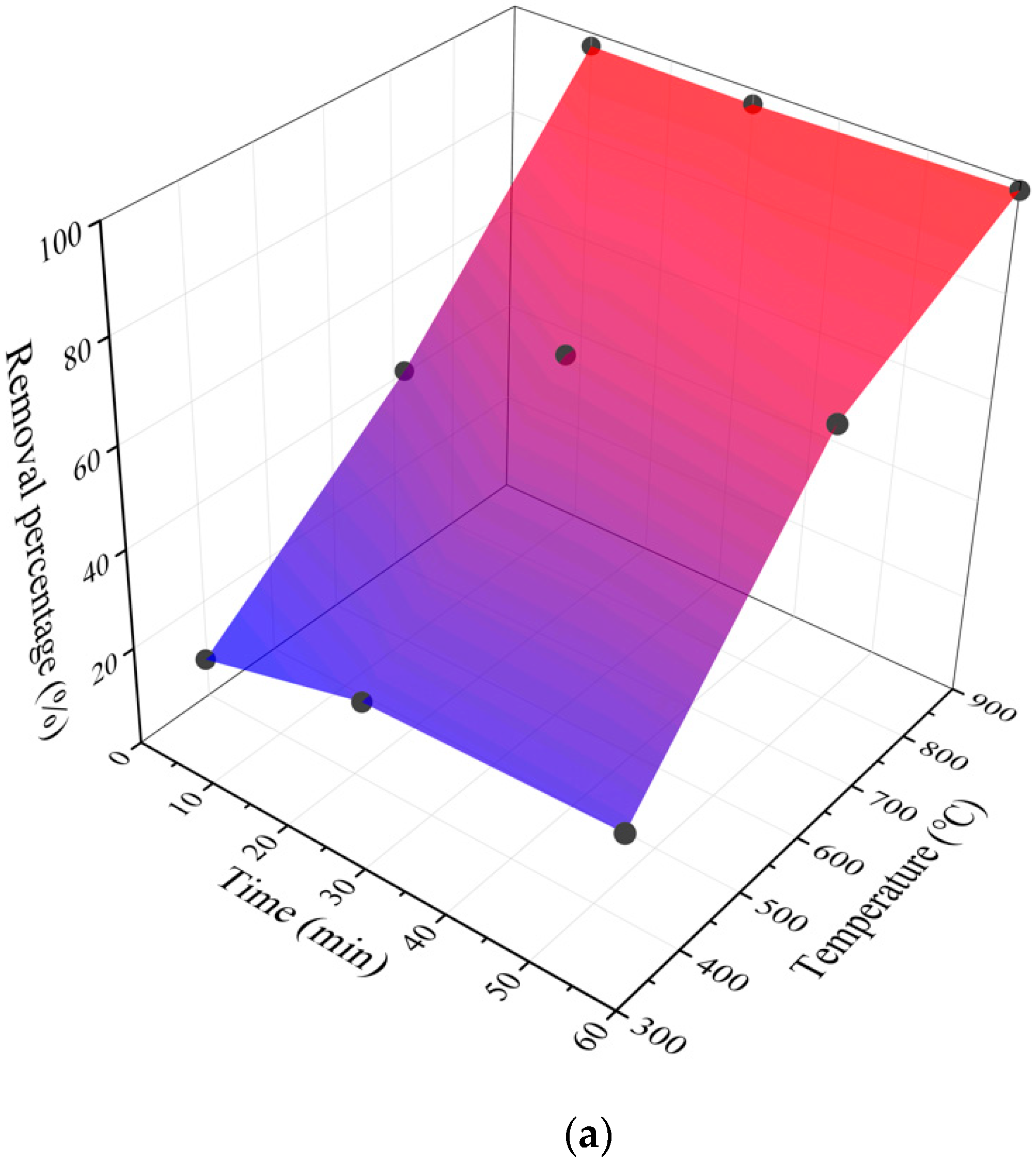
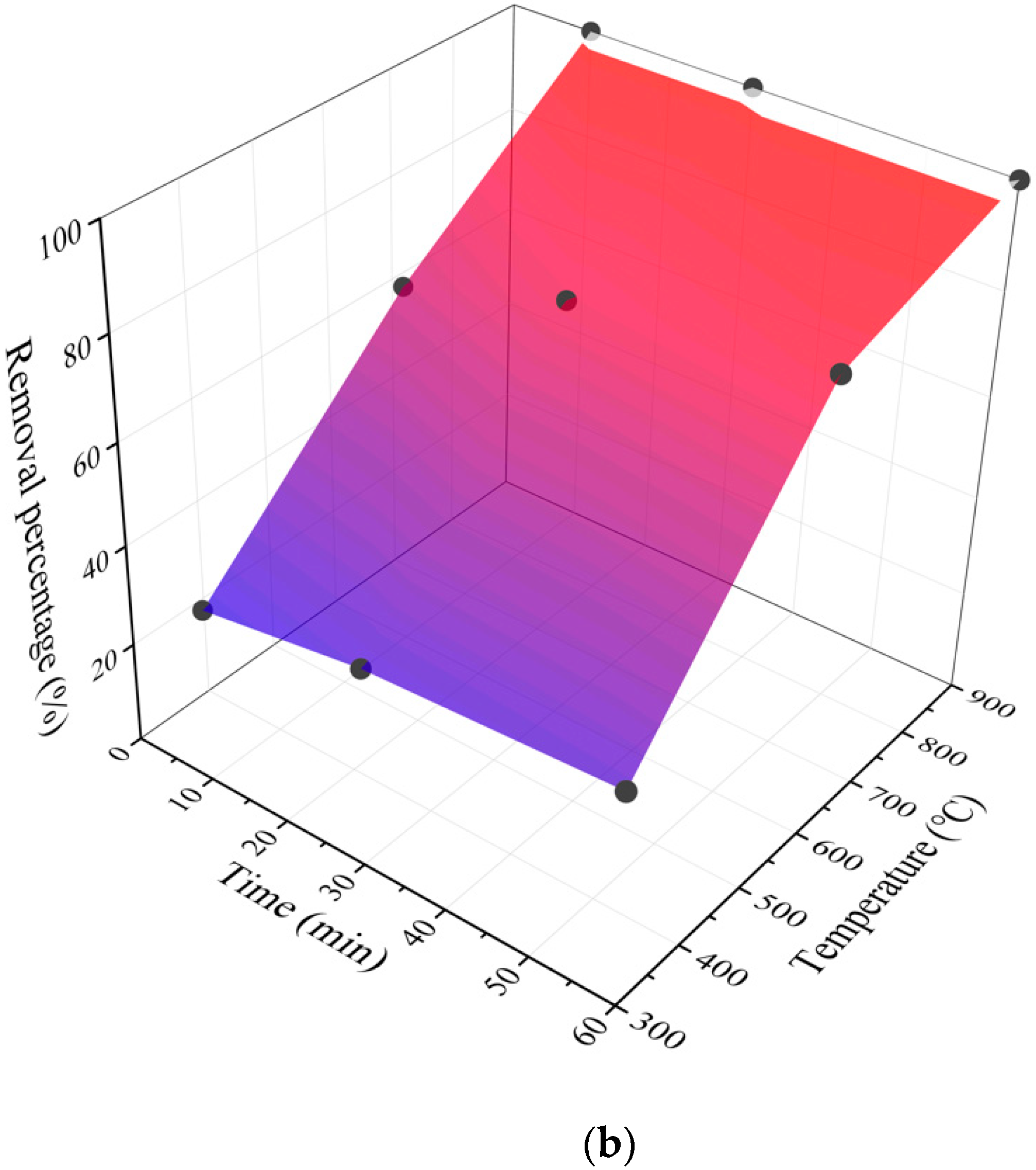
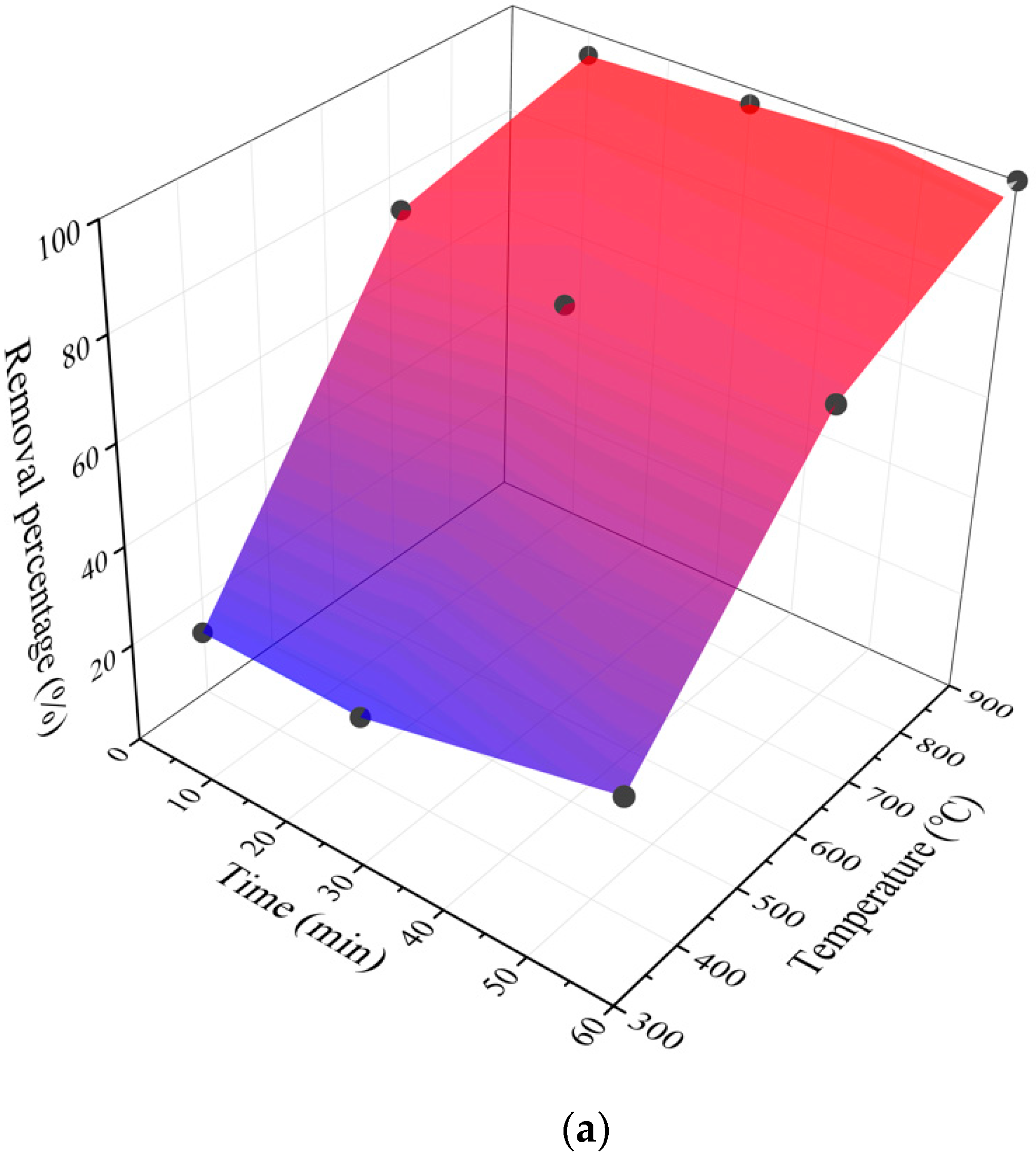
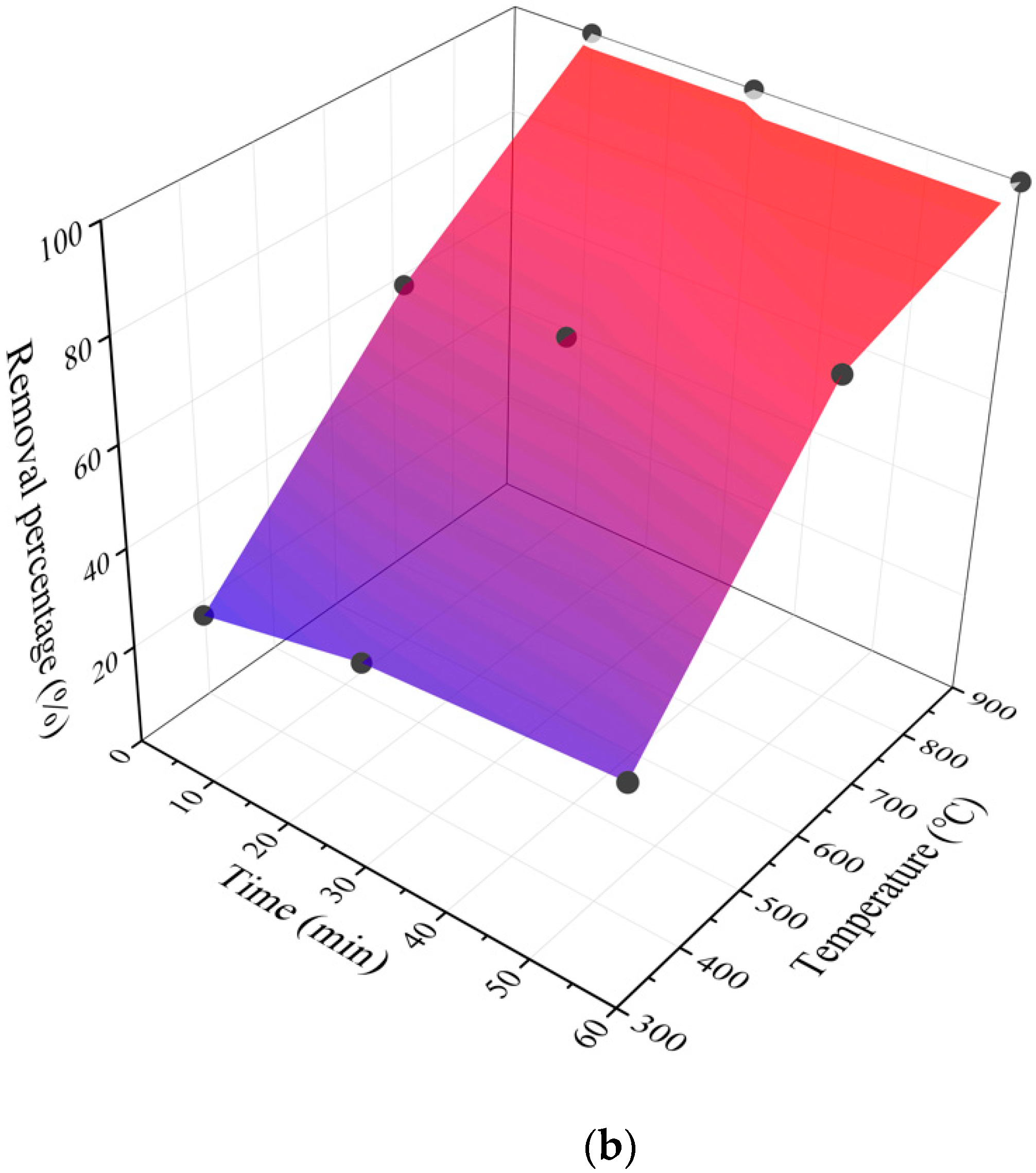
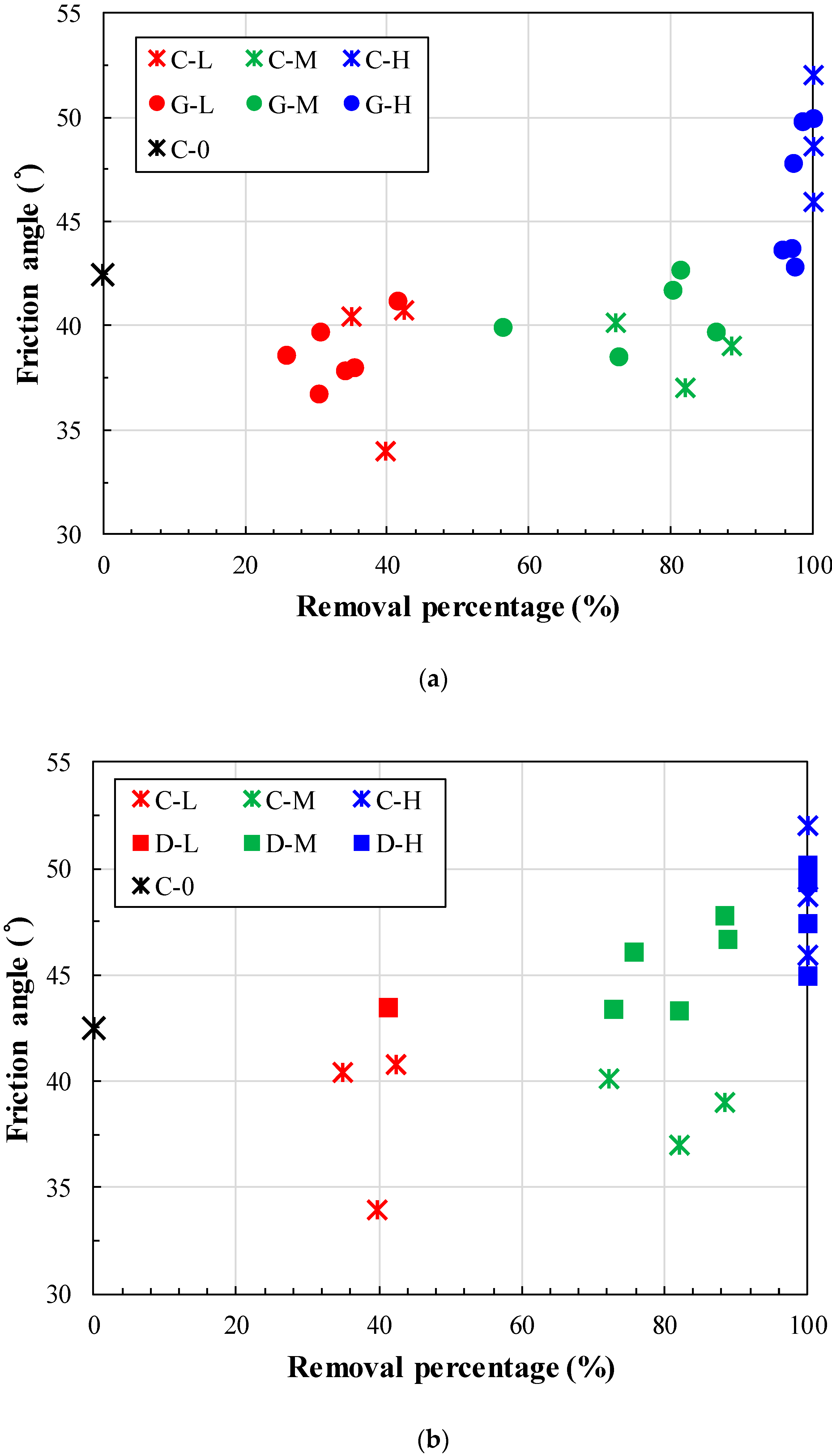



| Pollutant | Concentration (ppm) | Temperature (°C) | Time (min) | Set of Specimens |
|---|---|---|---|---|
| None | None | None | None | C-0 |
| 320 | 10, 30, 60 | CL-1, CL-3, CL-6 | ||
| 560 | 10, 30, 60 | CM-1, CM-3, CM-6 | ||
| 900 | 10, 30, 60 | CH-1, CH-3, CH-6 | ||
| Gasoline | 5000 | 320 | 10, 30, 60 | GFL-1, GFL-3, GFL-6 |
| 560 | 10, 30, 60 | GFM-1, GFM-3, GFM-6 | ||
| 900 | 10, 30, 60 | GFH-1, GFH-3, GFH-6 | ||
| 10,000 | 320 | 10, 30, 60 | GTL-1, GTL-3, GTL-6 | |
| 560 | 10, 30, 60 | GTM-1, GTM-3, GTM-6 | ||
| 900 | 10, 30, 60 | GTH-1, GTH-3, GTH-6 | ||
| Diesel | 5000 | 320 | 10, 30, 60 | DFL-1, DFL-3, DFL-6 |
| 560 | 10, 30, 60 | DFM-1, DFM-3, DFM-6 | ||
| 900 | 10, 30, 60 | DFH-1, DFH-3, DFH-6 | ||
| 10,000 | 320 | 10, 30, 60 | DTL-1, DTL-3, DTL-6 | |
| 560 | 10, 30, 60 | DTM-1, DTM-3, DTM-6 | ||
| 900 | 10, 30, 60 | DTH-1, DTH-3, DTH-6 |
© 2020 by the authors. Licensee MDPI, Basel, Switzerland. This article is an open access article distributed under the terms and conditions of the Creative Commons Attribution (CC BY) license (http://creativecommons.org/licenses/by/4.0/).
Share and Cite
Weng, M.-C.; Lin, C.-L.; Lee, C.-H. Effect of Heat-Treatment Remediation on the Mechanical Behavior of Oil-Contaminated Soil. Appl. Sci. 2020, 10, 3174. https://doi.org/10.3390/app10093174
Weng M-C, Lin C-L, Lee C-H. Effect of Heat-Treatment Remediation on the Mechanical Behavior of Oil-Contaminated Soil. Applied Sciences. 2020; 10(9):3174. https://doi.org/10.3390/app10093174
Chicago/Turabian StyleWeng, Meng-Chia, Chiou-Liang Lin, and Cheng-Hsi Lee. 2020. "Effect of Heat-Treatment Remediation on the Mechanical Behavior of Oil-Contaminated Soil" Applied Sciences 10, no. 9: 3174. https://doi.org/10.3390/app10093174
APA StyleWeng, M.-C., Lin, C.-L., & Lee, C.-H. (2020). Effect of Heat-Treatment Remediation on the Mechanical Behavior of Oil-Contaminated Soil. Applied Sciences, 10(9), 3174. https://doi.org/10.3390/app10093174




